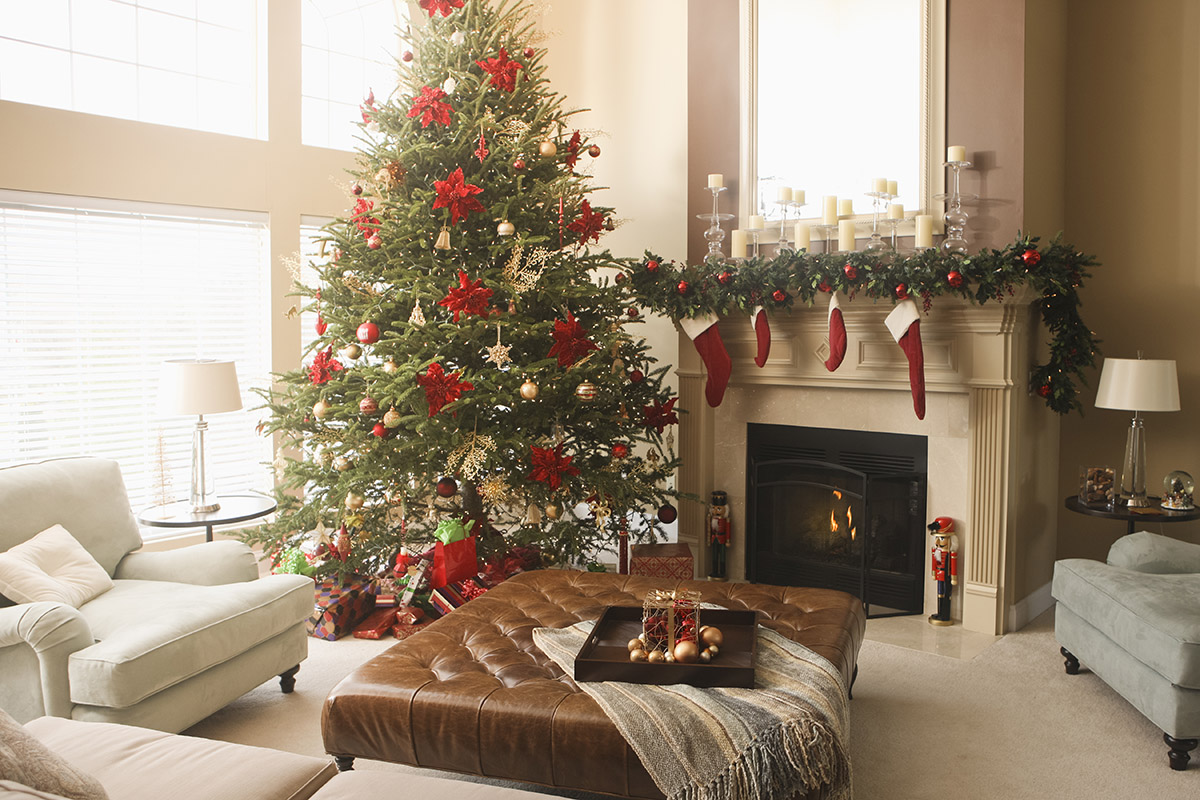Why We Decorate Trees at Christmas Time: Explained

Christmas is a time of joy, celebration, and traditions, many of which revolve around the act of decorating. Among these, the tradition of decorating trees stands out as one of the most iconic and universally recognized symbols of the holiday season. But have you ever stopped to wonder why we decorate trees at Christmas? This age-old practice has a rich history and a blend of cultural, religious, and natural symbolism that makes it an integral part of our festive celebrations.
The Origins of Christmas Tree Decoration


The custom of bringing evergreen trees into the home dates back to ancient civilizations. Here are some key influences:
- Ancient Egyptians, Romans, and Vikings - They were known to bring evergreen boughs into their homes during winter solstice celebrations, as these plants symbolize life amidst the bleakness of winter.
- Medieval Europe - By the Middle Ages, the tradition had evolved into decorating trees or tree-like plants such as the “paradise trees” used in mystery plays, representing the Garden of Eden.
- 16th Century Germany - Modern Christmas tree decorating finds its origins here. Martin Luther, the Protestant reformer, is often credited with starting the tradition after being inspired by the beauty of stars twinkling among the evergreens.
Religious and Symbolic Significance


The Christmas tree has layers of meaning:
- Evergreen - Symbolizes eternal life, rebirth, and the renewal of spring, with its green leaves remaining vibrant even in the harshest winter.
- Triangular Shape - Reflects the Holy Trinity in Christian theology.
- Star or Angel on Top - Represents the star of Bethlehem, guiding people towards the newborn Jesus, or an angel heralding the good news.
- Lights or Candles - Represent Jesus as the light of the world, bringing light and hope into the darkness.
Cultural Adaptations and Regional Variations

Christmas tree decoration practices vary widely across cultures:
| Region | Tradition |
|---|---|
| Germany | Originated the use of Tannenbaum, often decorated with edible items and small gifts. |
| UK | The trend was popularized by Queen Victoria, with trees adorned with candles, baubles, and handmade decorations. |
| Scandinavia | The yule goat, a symbol of Norse mythology, is sometimes placed near the tree. |
| USA | Added electric lights in the 19th century, making trees more accessible and reducing fire hazards. |

🌟 Note: Regional variations highlight the universal appeal of the Christmas tree, showcasing how cultures adapt and personalize traditions.
Modern Christmas Tree Decorating

The way we decorate our Christmas trees today has evolved significantly:
- Ornaments - From handcrafted baubles to mass-produced designs, ornaments tell stories, represent family history, or simply add a touch of beauty.
- Personalization - Customized ornaments, family photos, or heirlooms add personal significance.
- Technology - Modern trees can be lit with advanced LED lighting, sync with music, and have rotating mechanisms.
- Environmental Concerns - There’s a growing trend towards eco-friendly, reusable trees or those that can be planted after use.
The Environmental Impact of Christmas Trees


With increasing awareness of environmental issues, the choice between real and artificial trees has become a point of debate:
- Real Trees - If sustainably sourced, they can benefit the environment by supporting tree farms that replant for every tree cut.
- Artificial Trees - Made from non-biodegradable materials, but if reused over many years, their environmental footprint lessens.
🌿 Note: Opting for a sustainable choice in Christmas tree selection can be both festive and eco-friendly.
Summing Up

The act of decorating a Christmas tree is a delightful tradition that transcends religious and cultural boundaries, bringing families and communities together. It’s a practice that has evolved over centuries, merging pagan rituals with Christian symbolism, and now incorporating modern technology. From the humble evergreen boughs of ancient times to the glittering, electric-laden trees of today, each decoration reflects not just our festive spirit but also our connection to history, family, and community. Whether you choose a traditional real tree, an artificial one, or a uniquely designed alternative, the essence of the Christmas tree remains – it’s a symbol of life, hope, and the promise of new beginnings.
Why do we use evergreens for Christmas trees?

+
Evergreens are used because they retain their green color throughout winter, symbolizing life, renewal, and the promise of spring amidst the coldest season.
What’s the significance of the star on top of the Christmas tree?

+
The star represents the Star of Bethlehem, which led the Three Wise Men to baby Jesus, symbolizing divine guidance and the light of the world.
Can I be eco-friendly and still have a Christmas tree?

+
Absolutely! You can choose sustainably sourced real trees, reuse artificial trees for many years, or look into potted trees that can be planted post-holiday.



